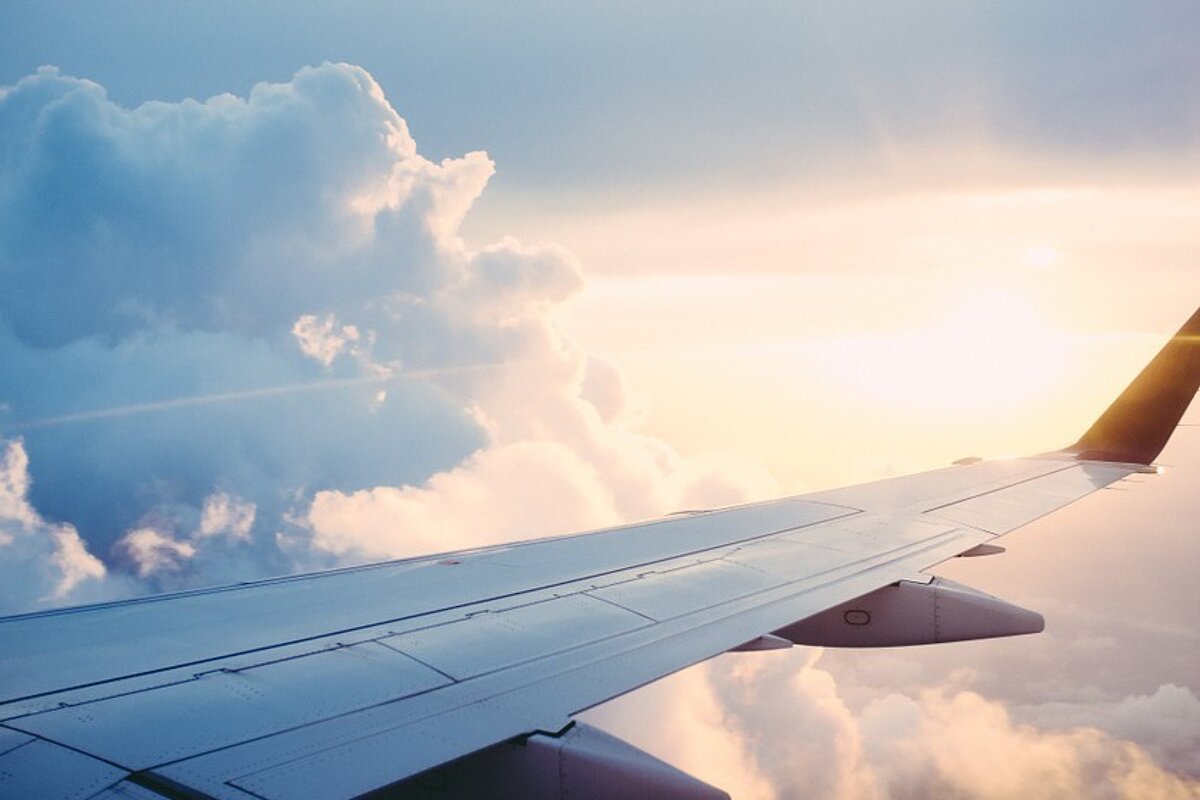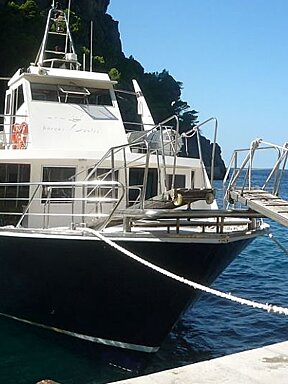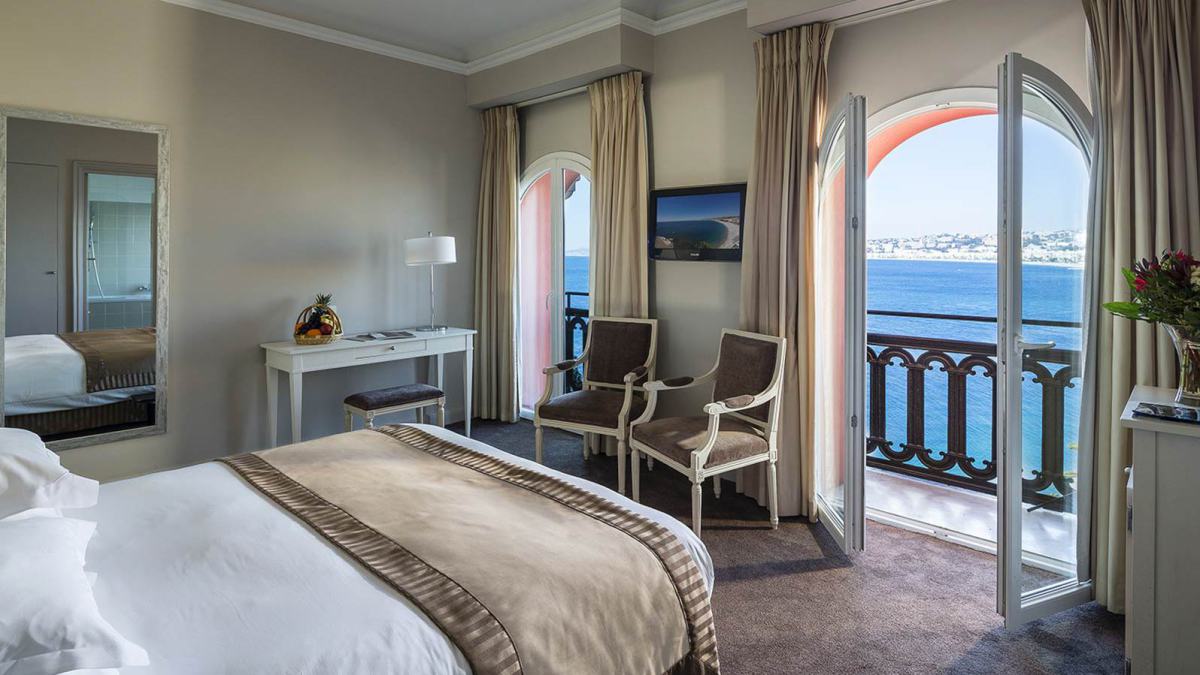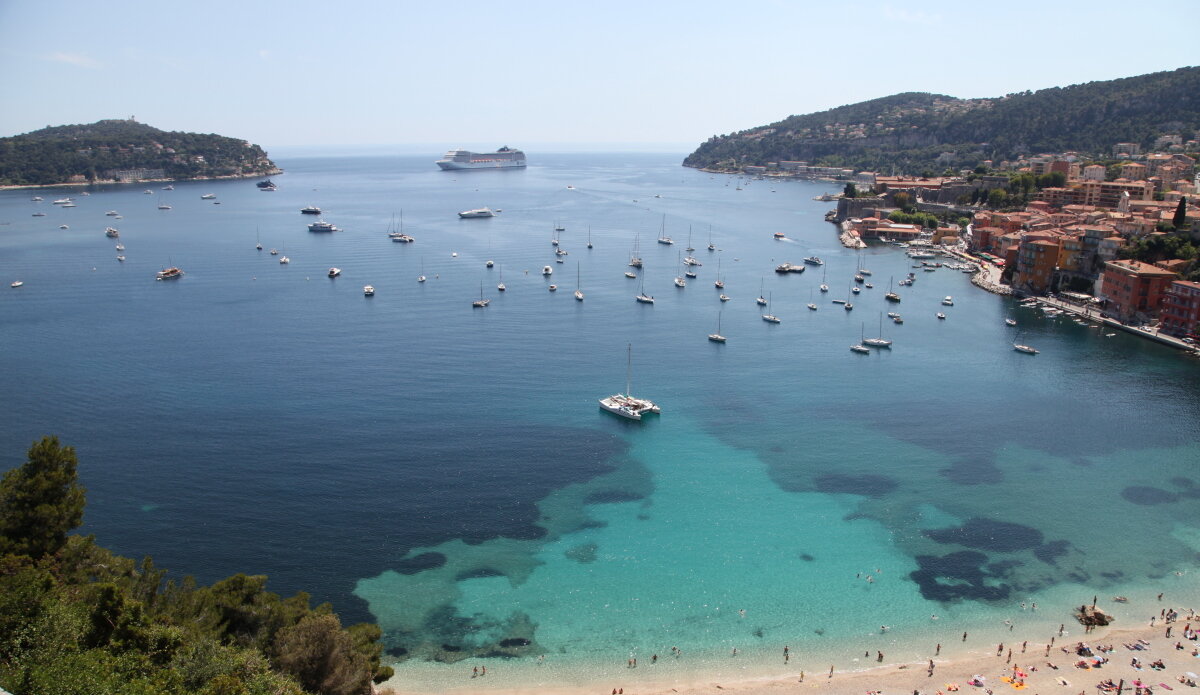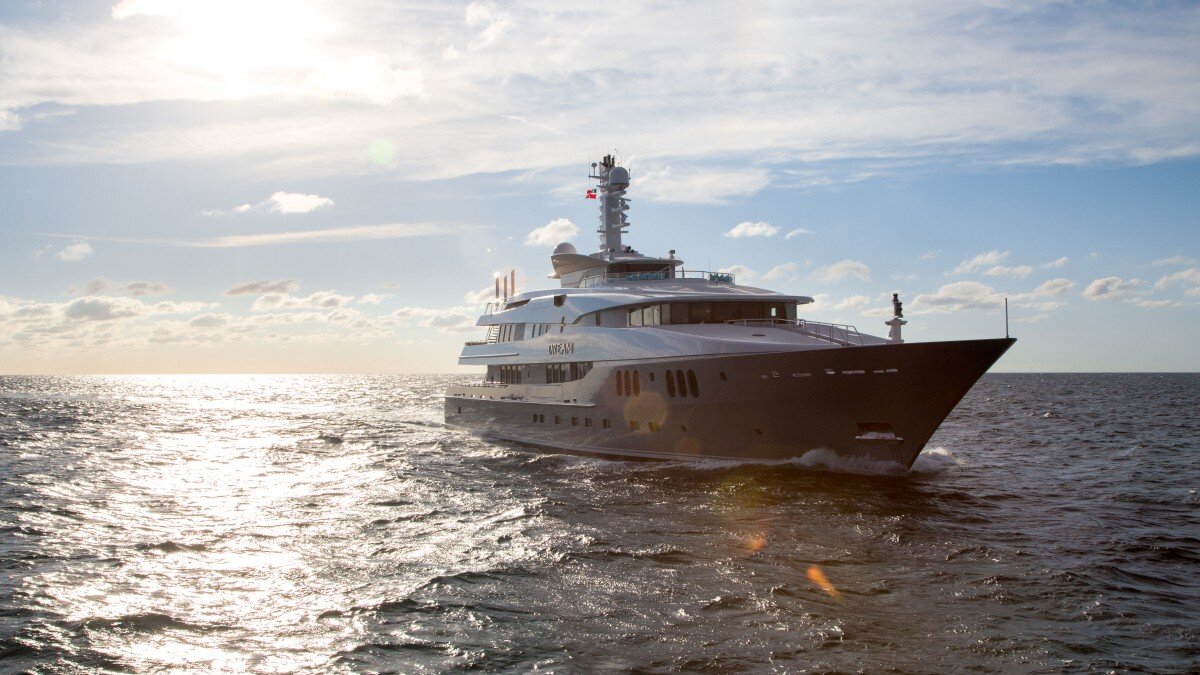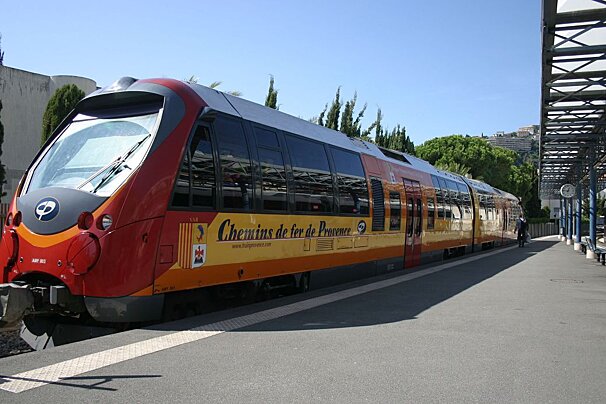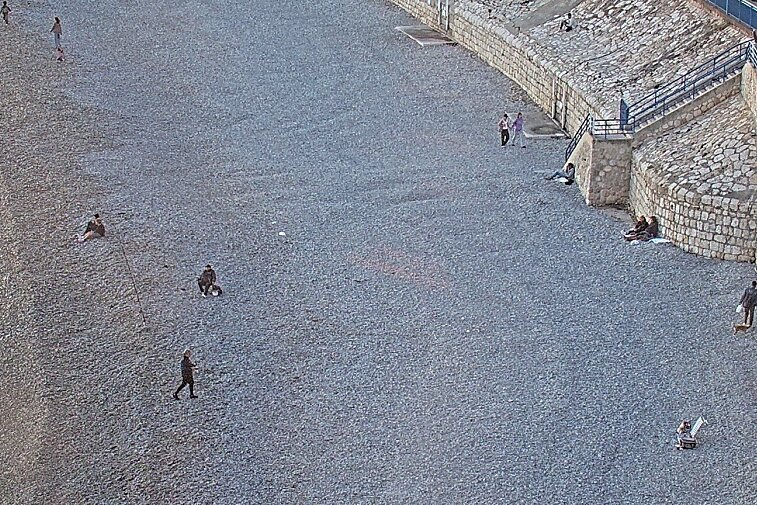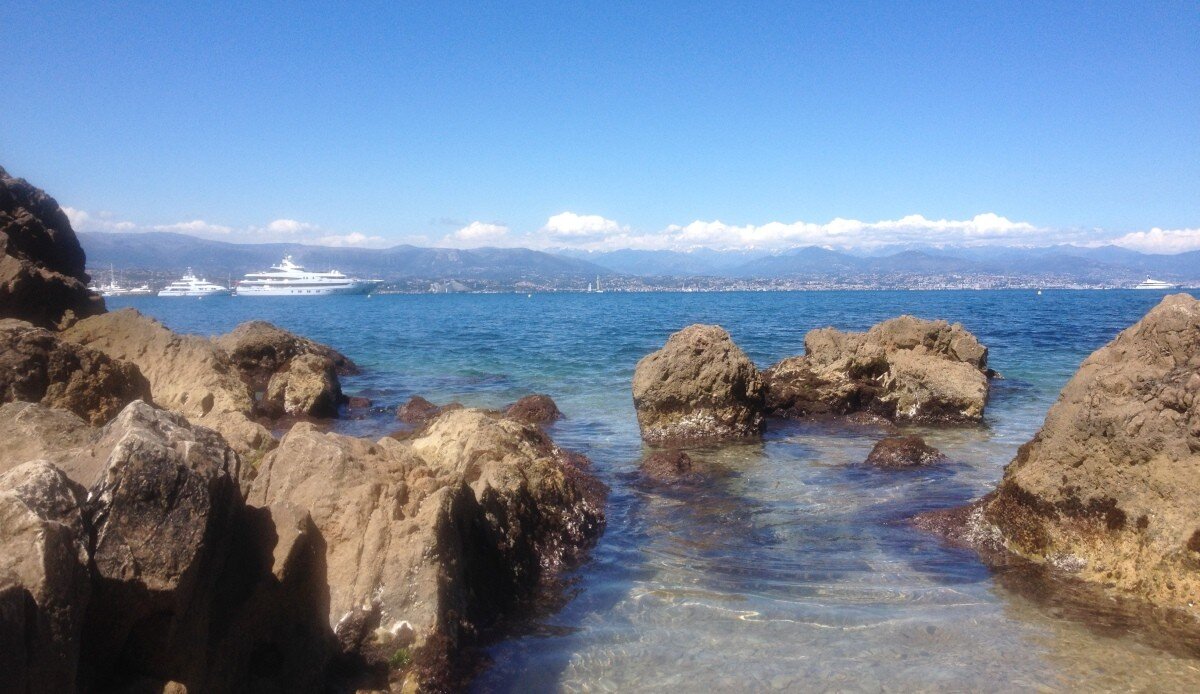
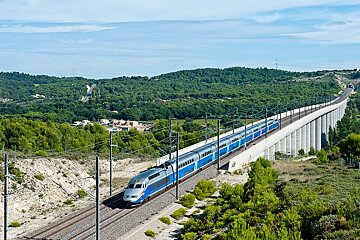
© railCC
How to Get to Nice
Discover the top ways to get to Nice
A popular travel destination, the city of Nice is the gateway to the Côte d'Azur and a great base from which to explore the French Riviera.
Home to the third busiest airport in France, Nice is easily accessible from most major cities in Europe as well as further afield in the United States, North Africa and the Middle East.
Easiest way to get to Nice
With the convenience of an international airport only 8km from the centre of Nice, flying is by far the quickest and easiest option. The regular 20-minute bus service that runs between the airport and the city means that you will get to your end destination quickly. You might prefer the comfort and ease of an airport transfer or taxi, both of which are readily available.
Flying to Nice
The closest airport is, of course, Nice Côte d'Azur airport, situated just 8km away from the city centre. It is serviced by a number of the major airlines. This wide choice of airlines means that prices are often competitive. Have a look at our Flight Finder to help your planning. As always, prices will be at a premium during the school holidays and at weekends. As a popular destination throughout the year, you will find that most routes are available all year round, although the number of weekly flights may be reduced in autumn and spring with particular airlines.
There are two terminals at Nice Côte d'Azur airport, within walking distance of each other. Your airline ticket should stipulate which terminal you are flying in or out of. There is no official signage at the airport to denote which airlines fly from which terminal so you may want to check in advance.
For onward travel from the airport, transfers or shuttle services are convenient and car hire is a widely available, allowing you to drive directly to your accommodation. Some of the luxury hotels offer an airport pick-up service so it is best to enquire about this directly before you book a car.
You can also take public transport (bus or train) from the airport into the centre of Nice.
Getting from the airport to Nice
Airport transfers or shuttle services are a convenient option for onward travel to your destination. Companies generally offer two types of service private and shared transfers.
Private transfers are exclusively for you - once you arrive at the airport they will take you directly to your accommodation. Some hotels offer a private airport pick-up service, so don't forget to enquire about this directly before you travel.
Shared transfers are usually more cost-effective, especially for individuals and couples, the trade-off being you may need to wait for other passengers and the possibility of being dropped-off at a more central location.
You should always book transfers in advance.
Buses to Nice
Once you've arrived at the airport, onward travel by bus is very simple. The Nice Airport Express Bus stops outside both of the terminals. You can get a ticket either from the bus desk inside the terminal or from the driver once you are onboard. The bus numbers 98 and 99 take two separate routes into the city centre.
The 98 (Promenade des Arts) leaves every 20 minutes and terminates at the Promenade de Arts after passing along the Promenade des Anglais. This is the bus you should take if you are heading towards any of the beach front hotels or Vieux Nice (Old Nice).
The 99 (Gare SNCF) terminates at the Gare SNCF, Nice's main train station. This runs every 30 minutes and travels along the sea front until boulevard Gambetta where it turns inland.
Note: For the return journey back to the airport, you will need to flag down the bus at the bus stop. They will not automatically stop at each one.
It is also possible to take a local bus from near the airport. By walking through the car park at Terminal 1 you can reach the Promenade des Anglais and the local bus stop.
Train to Nice
Nice is connected to the rest of France via the SNCF train network. The TGV, France's intercity high-speed rail service, runs directly from Paris to Nice and takes approximately six hours. Advance reservation for the TGV train is necessary.
Trenitalia train service connects Nice to Italian cities like Milan, Genoa, Rome and Venice. Connections are generally made in Ventimiglia, the first train station in Italy after the French-Italian border. Russian Railways run a weekly service from Moscow to the city of Nice all year round. With a travel time of around 47 hours, the train stops at Minsk, Warsaw, Vienna and Verona, amongst others.
The city of Nice is served by the Auto Train service where you deposit your car on the train and take alternative transport to your destination. Perfect for long journeys and when you want to have your own car when you arrive at your destination.
Once you reach Nice the local train and tram network makes it surprisingly easy to travel, not only around Nice but along the Côte d'Azur coast and to tourist attractions further inland.
Driving to Nice
The main advantage to having a car is flexibility and driving in France can be a pleasure. Being able to drive yourself around the area is far more comfortable and convenient, allowing you to take day trips, visit other resorts, towns and villages. Nevertheless, the roads around Nice and along the Côte d'Azur are prone to traffic jams, so travel off-peak if you can.
If you wish to bring your car with you from the UK, then you will probably take a ferry to Calais where the onward drive is around 11 hours to Nice or a ferry to Bilbao in Spain and then drive across the south-west of France to Nice, a journey of around nine hours. Fuel costs from Calais to Nice will be roughly around €150-200 and you will need to budget an additional €100-120 in toll costs.
Bringing your skis, snowboard or bike to Nice
If you are planning to bring your own sports equipment, perhaps a road bike, or a set of golf clubs, then it’s well worth checking the details in advance. Each airline, train and transfer company will have their own individual policy terms and conditions depending on the type of sporting equipment you are transporting. Here's a snapshot of the different transport options and a guide to their restrictions:
Some airlines charge for taking equipment and this can also apply to bikes, golf clubs, watersports equipment - so check before you book. Make sure you pack your gear well, as it’s not unusual for there to be a few bumps and bruises along the way if you don’t! The same applies for your bike, whether that be a mountain bike, road bike or touring bike... pack it well and ensure it falls within the packaging guidelines specified by the carrier. For more information see our Cycling and Mountain Biking Guides.
Airport transfer companies always need to know exactly what you’re bringing, so that they have sufficient capacity in the vehicle.
Travelling by train can involve several changes, depending on your route, and almost certainly lugging your gear up and down a few sets of stairs or escalators. Eurostar has an additional charge of around £30 for their registered luggage service for these types of equipment. Check before you travel.
